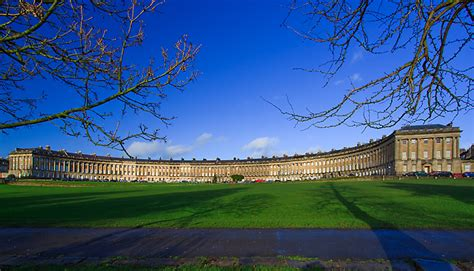 |
| FOR RELEASE IN FEBRUARY 2026 |
About this time every year, I look at the calendar and, along with many, many others, think: where has this year gone? What have I done with my time? I write nearly every day, whether it's a work in progress, blogs, or just jottings for the next book, but here's a look back at my highlights for 2025.
January. I took a winter break in Puerto Vallarta. The highlight of that trip was a day of whale watching. We had only just left the harbour when a humpback breached close to the boat. There were several moms and calves, one mom and calf breaching again and again, which was an absolute delight to see.
 |
| Humpback breaching, Banderas Bay, PV, Mexico |
February. We celebrated a friend's seventieth birthday in fine style at a local restaurant, which kindly opened two hours early for a drop-in , say-hello, happy-birthday kind of event. There was a great deal of mirth and merriment.
March. Shih Tzu month! First, pet sitting for a fun and sometimes naughty pair of sisters. The next client was a single dog, but equally fun.
April. My daughter and eldest son visited from England. I was happy to tour them around. Apart from places like the Royal Tyrrell Dinosaur Museum, Banff, and Head Smashed In Buffalo Jump, we had a walking tour of Calgary, which took us to parts of downtown that I had never been to, so I learnt something new about my city.
 |
| My daughter and eldest son, Banff |
Later in the day, we visited the Chinese Cultural Temple in Calgary's Chinatown, and then returned to the Calgary Tower for supper in the revolving restaurant. The day was clear, so it was easy to point out landmarks. One of the things that so impressed them was the length of the train passing beneath us through Calgary. Just when they thought the last of the cars were coming around a bend, my daughter's excited, "There's more!" left the couple at the table adjacent to ours laughing. We had a wonderful ten days, and it all ended too soon.
May. House and pet sitting and a visit with a friend in Victoria, British Columbia. I love being on the coast, but I still haven't seen all the sights Victoria has to offer. Highlights of that trip were lunch and a tour at the Legislature Building, a textiles exhibition at the Royal BC Museum, but I have to say I loved the quirky teacup tree.
 |
| The Teacup Tree, Victoria, BC |
June. House and pet sitting in various locations with a variety of pets. Plus a milestone in my life - I parted company with my last pair of high-heeled shoes. My 80+ knees no longer appreciate them!
August. Wonders never cease. I spent the whole month at home.
 |
| Sitting beneath our shade tree. |
September. The release of my first cozy mystery novel, A Murder in the Meadow and a book launch at The Purple Platypus in Castor, Alberta, with many thanks to Lynn for being such a wonderful host, and author Nancy Bell for accommodating me for a couple of days.
October. Mostly at home writing, and then away with writer friends on our annual retreat. This time at Sylvan Lake, Alberta, in glorious weather.
 |
| Sylvan Lake |
November. Two house sits this month, and a lot more writing. One of the exciting aspects of a new book is seeing your cover for the first time, and I love what BWL's artistic director, Michelle Lee, has produced for my second cozy mystery, A Body in the Brewery, shown at the head of this blog. I hope you agree.
December is just around the corner. I have one more short house sit with old faithfuls Brandy the greyhound and Ghillie the Scottish Deerhound, and then it will be Christmas. Again.
All images in this blog are from the author's collection.




 The Regency Town House at 13 Brunswick Square, is a grade 1 listed terraced home in the heart of Brunswick Town, a Georgian estate in the City of Brighton & Hove on the Sussex coast.
The Regency Town House at 13 Brunswick Square, is a grade 1 listed terraced home in the heart of Brunswick Town, a Georgian estate in the City of Brighton & Hove on the Sussex coast.







